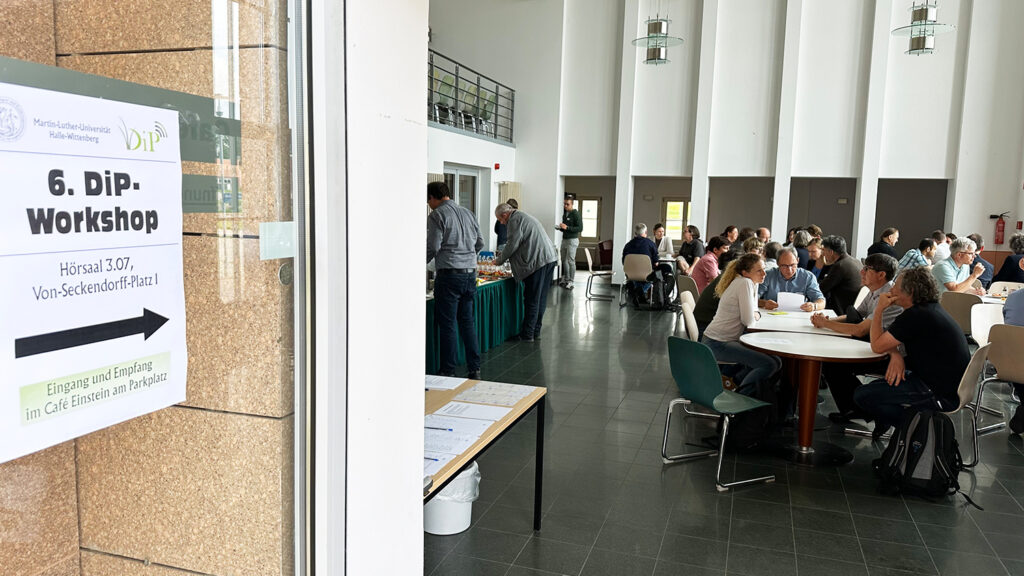In addition to providing a compact summary of all the key information and background to the project for the application, the aim was also to answer questions, eliminate uncertainties and network those involved.
As a result, it was also possible to find initial synergies and opportunities for support through a wide range of conversations and discussions, and a great deal of clarity was created around the application process.
“This intensive contact between the partners was very important for everyone,” reports DiP project manager and spokesperson Prof. Dr. Klaus Pillen on his impressions, “because only together can we achieve our overarching goal of creating a model region for the bioeconomy in southern Saxony-Anhalt through the funding, which will then have profoundly changed this former coal successor region through new and innovative jobs and markets as well as a sustainable and efficient digitized agricultural economy.”
If the results at the end of the first funding phase are promising, the BMBF could provide follow-up funding until 2032 to consolidate and expand the objectives achieved.
Once the project objectives have been successfully implemented, the bioeconomy model region in the central German mining district should be characterized by new economic prosperity and a higher quality of life for the population, as well as benefiting from an improved image of the location.
In this way, it should achieve a nationwide pioneering role with regard to sustainable, climate-resilient and economical modern agriculture.
- News
DiP workshop prepares joint project partners for final application
In late summer 2023, 20 of the 30 joint projects in the consortium "Model region of the bioeconomy for the digitalization of plant value chains in the Central German mining area in Saxony-Anhalt" - DiP for short - were invited by the Federal Ministry of Education and Research (BMBF) to submit a complete application for the first funding phase from 2024 to 2028 after their outlines had been reviewed.
The DiP coordination office based at Martin Luther University Halle-Wittenberg (MLU) organized a partner workshop at the beginning of September to prepare for this.
